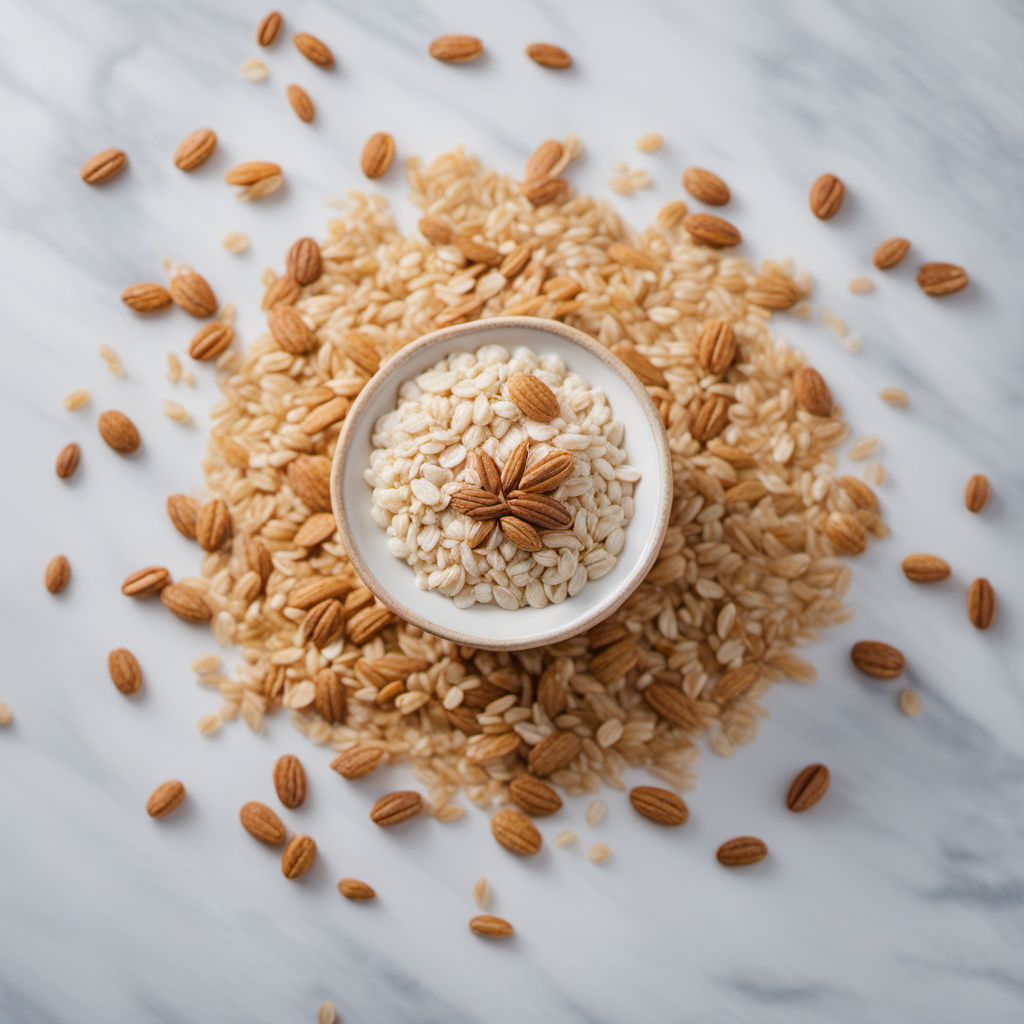
Ingredient
Oat groats
The Wholesome Grain Powerhouse
Oat groats are whole oat kernels that have been minimally processed, retaining their bran, germ, and endosperm. They have a chewy texture and a nutty flavor, making them a popular choice for porridge, pilafs, salads, and stuffing. Oat groats are also used in the production of oat flour and rolled oats.
Origins and history
Oats have been cultivated for thousands of years and have a long history of consumption. They were initially grown in the Fertile Crescent region and later spread to Europe and North America. Oat groats were traditionally consumed as a staple food in Scotland and other northern European countries. Today, oats are widely cultivated and enjoyed worldwide for their nutritional benefits.
Nutritional information
Oat groats are a good source of dietary fiber, protein, and essential minerals such as manganese, phosphorus, and magnesium. They are also low in fat and contain beta-glucan, a type of soluble fiber that has been linked to various health benefits, including improved heart health and digestion.
Allergens
Oat groats may contain gluten, so individuals with celiac disease or gluten sensitivity should opt for certified gluten-free oats. Cross-contamination with gluten-containing grains during processing or packaging may occur, so it is important to choose oats from reputable brands that follow strict gluten-free protocols.
How to select
When selecting oat groats, look for ones that are plump and intact, without any signs of moisture or insect damage. Opt for organic or certified gluten-free options if necessary. It is also recommended to purchase from reputable brands that prioritize quality and source their oats from trusted suppliers.
Storage recommendations
To maintain the freshness and quality of oat groats, store them in an airtight container in a cool and dry pantry. Alternatively, refrigerate or freeze them to extend their shelf life. It is important to protect the oats from moisture and pests to prevent spoilage.
How to produce
Oat groats can be grown by amateur gardeners in regions with a cool and temperate climate. They require well-drained soil and regular watering. However, it is important to note that oats are primarily grown on a commercial scale due to the specialized equipment and processes involved in harvesting and processing them.
Preparation tips
Oat groats can be cooked by simmering them in water or broth until tender, usually taking around 45-60 minutes. They can be used as a base for savory dishes like pilafs or added to soups and stews for added texture and nutrition. Oat groats can also be ground into flour or soaked overnight for a creamy and nutritious breakfast porridge.
Substitutions
Steel-cut oats or rolled oats can be used as substitutes for oat groats. However, keep in mind that the texture and cooking time may vary. Steel-cut oats offer a similar chewy texture, while rolled oats provide a softer and quicker-cooking option.
Culinary uses
Oat groats are commonly used in porridge, pilafs, salads, and stuffing. They can also be added to baked goods such as bread, cookies, and granola bars for added texture and nutrition. Oat groats are a versatile ingredient that can be incorporated into various cuisines and dishes.
Availability
Oat groats are commonly available in North America, Europe, and other regions where oats are cultivated. They can be found in most grocery stores, health food stores, and online retailers that specialize in whole grains and natural foods.
More ingredients from this category
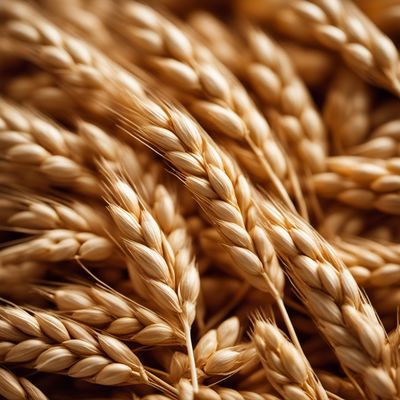
Wheat groats
Versatile Whole Grain
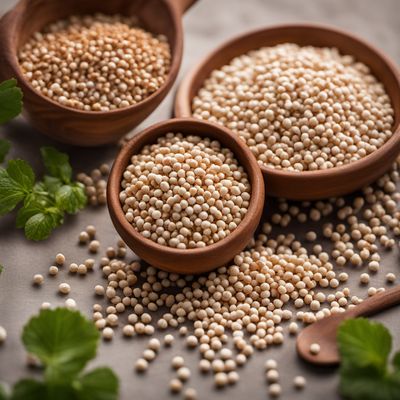
Buckwheat groats
The Nutritional Powerhouse: Buckwheat Groats

Rye groats
The Nutty Grain: Rye Groats
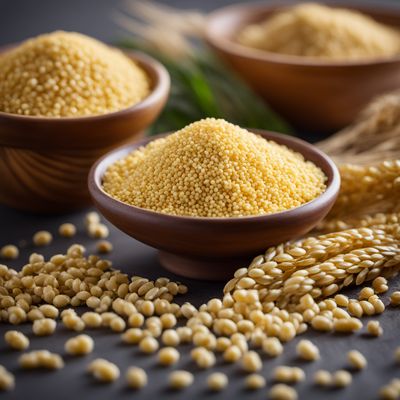
Millet groats
Millet Groats: A Nutritious Ancient Grain

Bulgur
"The Nutrient-Rich Grain: Bulgur - A Staple in Middle Eastern Cuisine"

Barley groats
The Versatile Grain: Barley Groats
Recipes using Oat groats » Browse all
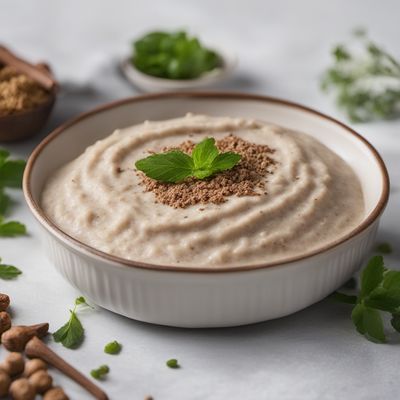
Lower Saxon White Pudding
Savory Delight: Lower Saxon White Pudding with a Twist

Muhajir-inspired Spiced Black Pudding
Savory Delight: Muhajir-inspired Spiced Black Pudding

Homestyle Oatmeal Delights
Hearty Oatmeal Cookies: A Taste of Home
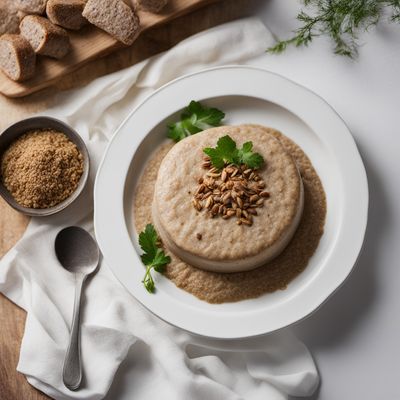
Traditional British White Pudding
Hearty Delights: A Classic British White Pudding Recipe

Edinburgh Fog Delight
Whisky-infused Scottish Delight

Traditional English Parkin Recipe
Spiced Honey Oat Cake: A Delightful English Treat

Crappit Heids with a Twist
Savoury Stuffed Fish Heads: A Modern Take on Crappit Heids

English-style Stuffed Bell Peppers
Savory Stuffed Bell Peppers: A Taste of English Delight

Slovenian Oatmeal Cookies
Hearty Oat Delights: Slovenian Oatmeal Cookies

Staffordshire Oatcakes with a Twist
Savory Oat Delights: A Modern Take on Staffordshire Oatcakes
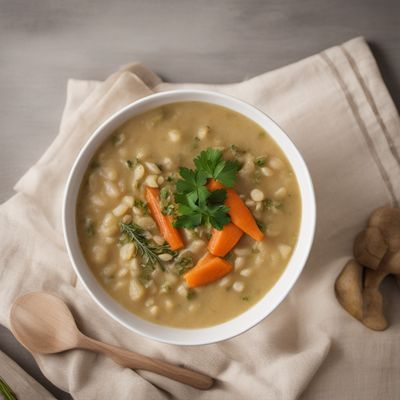
Scotch Oatmeal Soup with a Twist
Hearty Scottish Oatmeal Soup: A Warm Hug on a Chilly Day

New Nordic Baursak
Nordic Twist: Baursak Reinvented with New Flavors